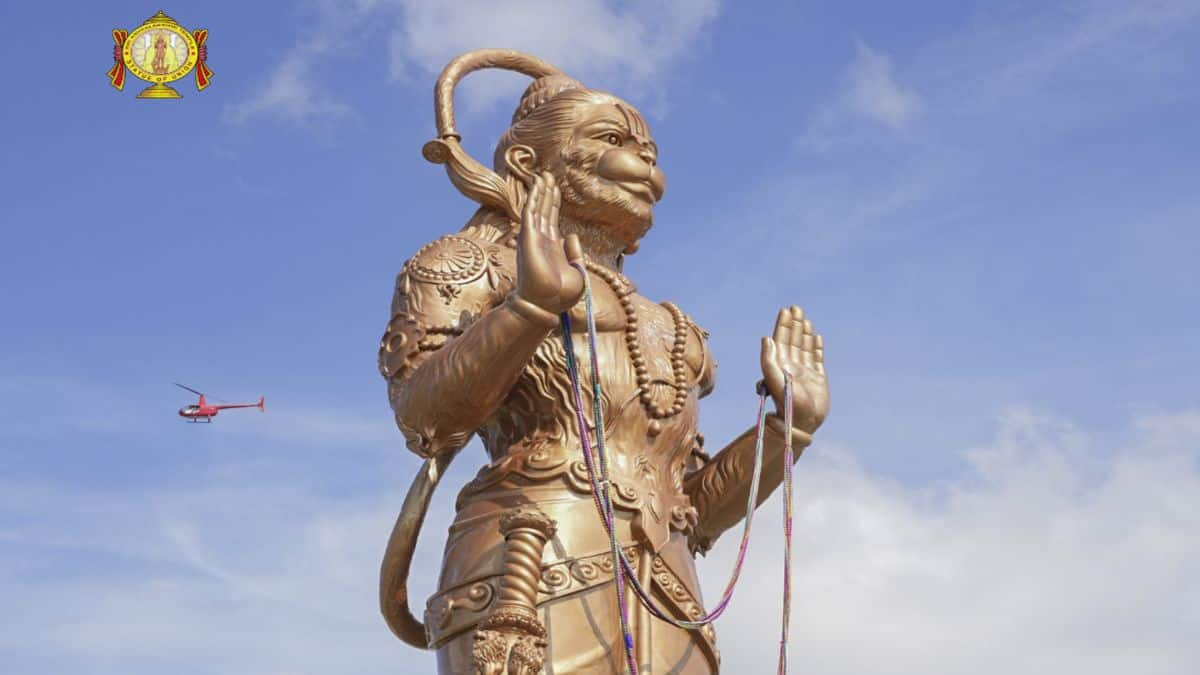One of the deadliest terror attacks in Kenya’s history, the Nairobi terror attack, took place on September 21, 2013. The attack, which took place at the Westgate shopping mall, claimed 67 lives while injuring 175 others.
If you are a history geek who loves to learn about important events from the past, Firstpost Explainers’ ongoing series, History Today will be your one-stop destination to explore key events.
On this day in 1937, the children’s book ‘The Hobbit’ was released in London. Its publication marked the beginning of a literary journey that would eventually lead to the sprawling world of Middle-earth.
Here is all that took place on this day.
Nairobi terror attack to place
Armed terrorists from the militant group al-Shabab stormed the premises of Westgate Mall in Nairobi and took people hostage on this day in 2013.
The attackers opened fire indiscriminately and hurled grenades at shoppers, creating chaos and panic. Families, children, and foreign nationals were caught in the crossfire as security forces scrambled to respond. Over the course of four days, the siege claimed the lives of at least 67 people and left more than 200 injured.
Kenyan security forces, supported by international advisers, struggled to retake control of the mall. The prolonged standoff highlighted gaps in emergency response and coordination, sparking criticism of how the operation was handled. As the siege ended, authorities confirmed that several attackers had been killed, while others managed to escape, raising concerns about lingering threats.
The attack was later claimed by al-Shabaab as retaliation for Kenya’s military involvement in Somalia, where Kenyan forces had been fighting the group since 2011. The brutality of the assault, particularly against unarmed civilians, drew widespread global condemnation. Leaders around the world expressed solidarity with Kenya and called for stronger international cooperation against terrorism.
‘The Hobbit’ book was released
British author JRR Tolkien published ‘The Hobbit’, a popular children’s fantasy novel, on September 21, 1937. This book paved the way for his epic masterpiece, The Lord of the Rings. The book was released by George Allen and Unwin in London and quickly captured the imagination of both young and adult readers.
The Hobbit tells the story of Bilbo Baggins, a comfort-loving hobbit from the Shire, who is reluctantly drawn into an adventure with the wizard Gandalf and a company of thirteen dwarves led by Thorin Oakenshield. Their quest is to reclaim the dwarves’ ancestral home and treasure from the fearsome dragon, Smaug. Along the way, Bilbo encounters trolls, goblins, elves, giant spiders, and most memorably, the creature Gollum, from whom he acquires the mysterious One Ring.
The book received immediate critical acclaim for its engaging storytelling, rich imagination, and unique blend of myth, fairy tale, and adventure. Reviewers praised Tolkien’s ability to create a fully realised world, complete with its own languages, histories, and cultures. The novel’s success convinced Tolkien’s publisher to request a sequel, which eventually became the monumental Lord of the Rings trilogy, published between 1954 and 1955.
This Day, That Year
Belize gained its independence from the United Kingdom in 1981.
The Bank of England dropped the gold standard in 1931.


)

)
)
)
)
)
)
)
)



